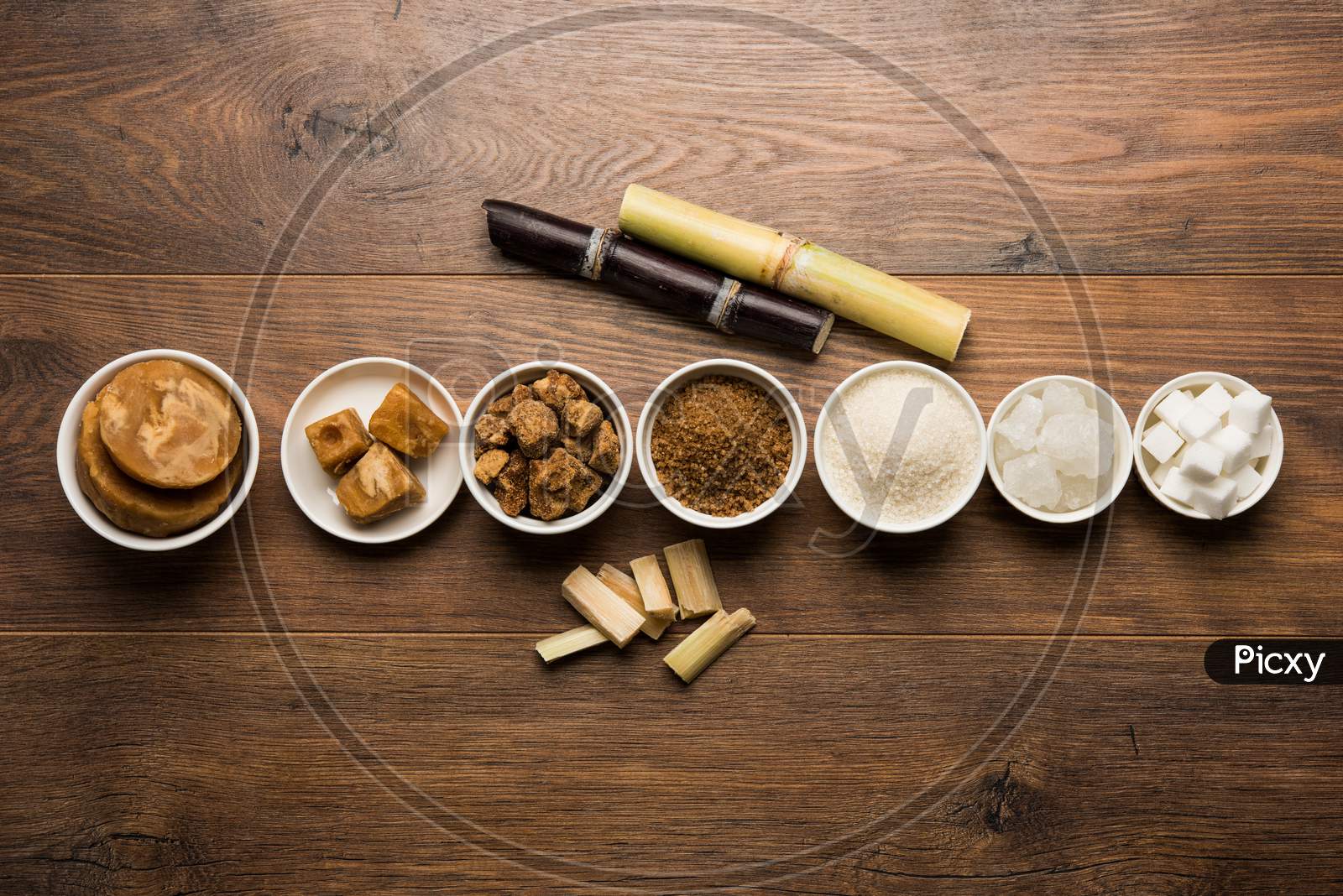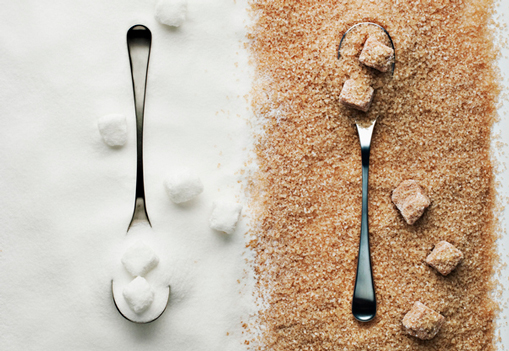How to Maximize the Culinary Potential of sugar cane products
A Deep Dive Into Sugar Cane: Insights on Production, Supplies, and Product Development
Sugar cane plays a crucial role in farming, underpinning economic situations in tropical regions. Its farming entails intricate procedures affected by numerous ecological factors. However, farmers deal with considerable obstacles, including climate modification and market changes. Innovations in product advancement are emerging in action to developing customer needs. Comprehending these dynamics is important for understanding the future of this important crop and its effect on global markets. What lies ahead for sugar cane and its myriad applications?
The Value of Sugar Cane in Global Farming
Sugar cane works as an important plant in international agriculture, underpinning economic climates and food systems in numerous tropical areas. This functional plant is largely grown for its high sucrose material, which is improved right into sugar, a standard ingredient in countless food. Beyond sweetening, sugar cane is also important for creating biofuels, specifically ethanol, adding to power sustainability.The economic relevance of sugar cane reaches employment, supplying resources for numerous farmers and employees in processing facilities. In a number of countries, sugar cane growing and handling represent considerable sections of agricultural GDP, influencing profession balances and regional development.Additionally, sugar cane's versatility to numerous environments enhances its relevance as a crop, guaranteeing consistent supply in worldwide markets. Its by-products, including molasses and bagasse, better diversify its utility, making it an important part in food, power, and sector. On the whole, sugar cane continues to be a keystone of farming productivity worldwide.
Growing Procedures: From Planting to Harvest
Cultivating sugar cane involves a series of distinct procedures that assure ideal growth and yield. The cultivation begins with land prep work, where the soil is tilled to protect optimum aeration and drainage. Following this, seed cane, which includes mature stalks, is picked and cut right into segments (sugar cane products). These sectors are after that planted in furrows, making certain proper spacing to enable for sunlight and nutrient access.Once grown, watering systems are utilized to maintain appropriate moisture degrees, as sugar cane grows in moist problems. Weeding and pest management are important throughout the expanding period to reduce competition for sources. Nutrient application, including fertilizers, sustains robust growth. As the plants grow, keeping an eye on for conditions and insects continues.Harvesting commonly happens 10 to 24 months post-planting, relying on the variety. The walking sticks are cut close to the ground, guaranteeing marginal waste, and are promptly delivered for refining to protect sugar high quality
Geographical Circulation of Sugar Cane Production
The geographic circulation of sugar cane production is greatly formed by certain climate and soil requirements. Significant creating nations, such as Brazil, India, and China, gain from exotic and subtropical environments that support the plant's development. Comprehending these variables gives insight into the global landscape of sugar cane cultivation.
Major Making Countries
Although sugar cane is grown in various areas worldwide, certain nations control production because of desirable environments and farming techniques. Brazil leads the worldwide market, making up approximately one-third of complete production, thanks to its extensive plantations and progressed cultivation techniques. India complies with as a significant manufacturer, benefiting from both desirable weather and a large residential market. China and Thailand likewise rank amongst the top producers, with well-established facilities sustaining their sugar industries. Various other noteworthy factors consist of the United States, Mexico, and Australia, each leveraging their distinct farming systems to boost outcome. These countries play a crucial function in the sugar cane supply chain, influencing international costs and schedule
Climate and Soil Requirements
Perfect environment and soil conditions are crucial for successful sugar cane production. Sugar cane grows in tropical and subtropical areas, needing warm temperatures in between 20 ° C and 30 ° C (68 ° F to 86 ° F) These plants require abundant sunlight and rainfall, ideally between 1,500 to 2,500 millimeters yearly, to ensure peak development. The soil should be well-drained, fertile, and rich in organic matter, with a pH level preferably between 5.5 and 8.5. Sandy loam or clay loam dirts are specifically favorable to sugar cane farming, offering essential nutrients and drain. Geographic distribution is mainly influenced by these factors, with significant production locations located in Brazil, India, and China, where environmental conditions straighten with the plant's needs for growth and return.

Obstacles Encountered by Sugar Cane Growers
Sugar cane growers encounter significant difficulties that impact their incomes. Environment modification presents unforeseeable climate patterns, impacting crop return and high quality. In addition, market cost volatility produces economic uncertainty, complicating long-term preparation for these farming producers.
Environment Adjustment Impacts

Just how do climate change influences impact the practicality of sugar cane farming? Rising temperature levels and irregular climate patterns significantly test sugar cane cultivators. Enhanced warmth can cause decreased returns, as the plants struggle to grow in severe conditions. Furthermore, altered rains patterns result in either dry spells or excessive flooding, both destructive to plant health and wellness. Insects and conditions are most likely to multiply in warmer climates, further harmful production. In addition, dirt destruction and best site salinization due to rising sea levels can decrease arable land. These climatic adjustments oblige farmers to adapt their methods, typically needing financial investment in brand-new technologies and resilient plant selections. Inevitably, the sustainability of sugar cane cultivation depends upon dealing with these environment tests successfully.

Market Rate Volatility
Market value volatility offers considerable obstacles for sugar cane growers, influencing their monetary stability and planning. Changes in market value, driven by factors such as worldwide supply my review here and demand, climate problems, and federal government policies, develop uncertainty for producers. This unpredictability makes it difficult for farmers to anticipate earnings and take care of business expenses efficiently. Additionally, when costs drop suddenly, numerous farmers might have a hard time to cover production expenses, resulting in possible economic distress. To minimize these dangers, some growers transform to agreements or hedging techniques, yet these options might not be accessible to all. Subsequently, market price volatility stays a relentless worry, affecting the general sustainability and earnings of sugar cane farming.
Understanding the Sugar Cane Supply Chain

Market Trends Affecting Sugar Cane Rates
The characteristics of sugar cane rates are affected by a selection of market trends that reflect wider economic problems and consumer actions. Worldwide demand for sugar and sugar-related products plays a crucial function, with raising interest in organic and sustainably sourced products driving rates higher. Additionally, fluctuations in oil rates influence the price of production and transportation, more affecting market rates. Weather patterns are one more considerable aspect; damaging conditions can bring about decreased yields and boosted rates. Trade plans, tolls, and worldwide agreements likewise form the market landscape, impacting supply chains and availability. Currency exchange prices can make complex global trade, affecting costs for both merchants and importers. Finally, shifts in customer preferences toward healthier alternatives might modify need patterns, developing a causal sequence on sugar cane prices. Recognizing these interconnected patterns is essential for stakeholders in the sugar industry.
Innovations in Sugar Cane Product Growth
Various innovations in sugar cane product growth are reshaping the market and broadening its applications. Scientists are exploring alternate uses beyond standard sugar, including biofuels, eco-friendly plastics, and health and wellness supplements. Breakthroughs in chemical handling techniques have improved the extraction of useful compounds such as antioxidants and vitamins from sugar cane, advertising its usage in functional foods.Additionally, the advancement of genetically modified sugar cane varieties aims to boost yield and resistance to parasites, while additionally improving the dietary profile of the crop. Innovations in fermentation procedures have led to the production of top notch liquors derived from sugar cane, appealing to an expanding market for craft spirits.Moreover, lasting techniques in growing and processing are getting traction, with a concentrate on decreasing environmental influences. These developments not only produce brand-new market possibilities but likewise cultivate an even more lasting technique to sugar cane production, aligning with worldwide trends towards environment-friendly products.
Regularly Asked Concerns
What Are the Environmental Effects of Sugar Cane Farming?
The environmental influences of sugar cane farming include deforestation, loss of biodiversity, water pollution from plant foods and chemicals, soil degradation, and greenhouse gas emissions, all of which greatly add to eco-friendly inequalities and environment modification.
Just How Does Sugar Cane Growing Affect Resident Economies?
Sugar cane cultivation substantially affects regional economic situations by developing tasks, promoting farming markets, and creating revenue for farmers. It can also lead to financial dependence and variations based on market demands and environmental problems.
What Are the Key Vermin and Diseases Affecting Sugar Cane?
The major bugs affecting sugar cane consist of the sugarcane borer and aphids. Diseases such as red rot and smut greatly effect return. Farmers have to execute incorporated insect monitoring strategies to minimize these risks properly.
Just How Is Sugar Cane Processed Into Different Products?
Sugar cane processing includes crushing the stalks to draw out juice, complied with by clarification, evaporation, and formation. This procedure yields raw sugar, molasses, and ethanol, each serving distinctive objectives in various sectors, from food to energy.
What Are the Nutritional Aspects of Sugar Cane?
The nutritional aspects of sugar cane include necessary nutrients, especially B vitamins, calcium, and iron. It likewise contains fiber, though mostly composed of sucrose, which gives power yet does not have significant nutrients.